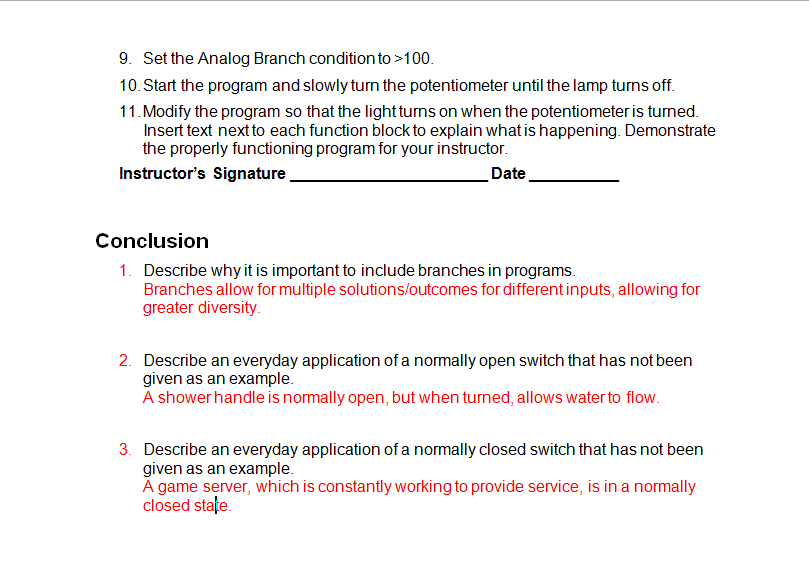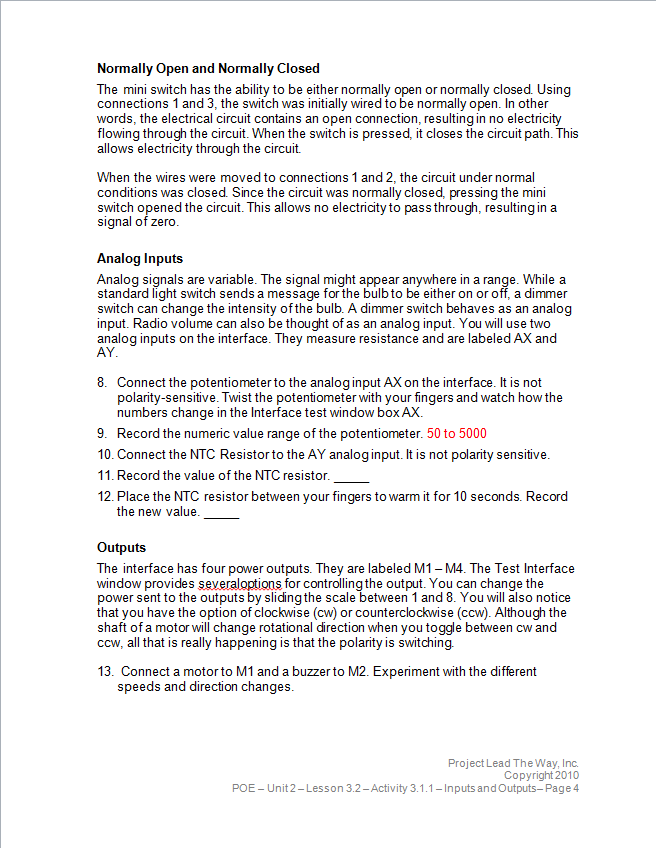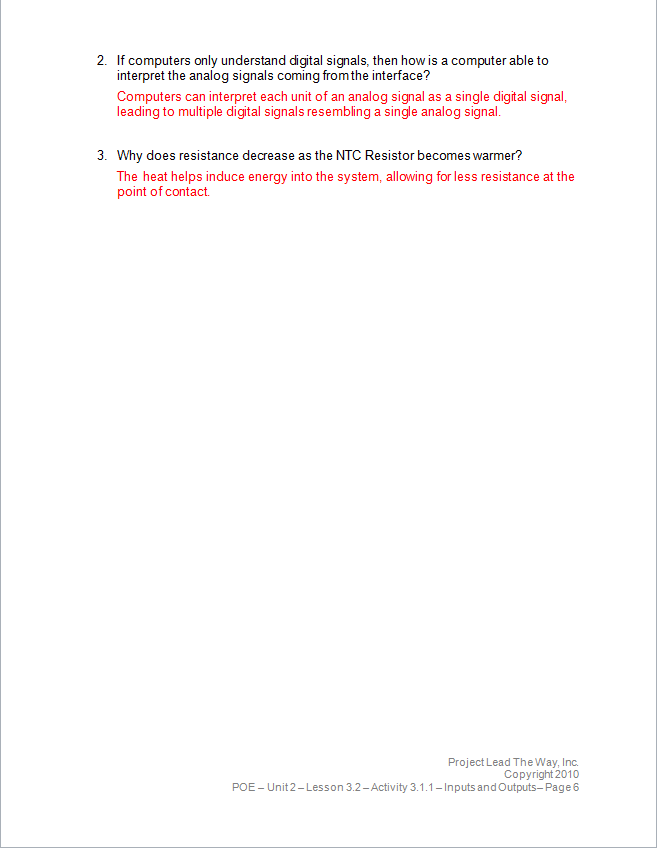Process Achievements: (4)
- "Organize it!"
This blog post is organized according to achievements, with process achievements preceding product achievements, and with each achievement followed with information to support it.
- "I've made a Few Special Modifications"
After completing the initial three-marble design, my group and I decided to add the capacity to sort a fourth marble in our system. We elected to sort in a red-glass marble, and elected to use an lamp and photo-resistor to gauge marble transparency and determine the type of marble that enters a certain part of the system.
Our initial design of this feature extended the track followed by the wooden marble in our system, as the red marble followed the same path. We attempted to utilize a system where the marble would travel down a track and the sensor would sense its identity while ti was in motion, and then move a pair of hoppers at the end of the track before the marble reached it. unfortunately, the photo-resistor was unable to sense the marble while it was in motion, and the design had to be redone to combat this.
As we re-evaluated the design, we encountered another issue: the number of motor sockets at out disposal. Our system had to function with three electromagnets, a lamp, and a motor, which was already greater than the four sockets at our disposal. We couldn't afford to implement another motor to stop the marbles at the sensor, and we were forced to find a solution to this problem.
The second design of the transparency hopper that I constructed was able to combat both the marble stop issue and the motor quantity issue. By using the spacer between the two hoppers, and having the marble rest on it in a gap between the sensor and the lamp, the motor that moved the trays would also stop and release the marble.
Quote origins: Star Wars Ep. 4 "A New Hope." When showing Luke Skywalker and Obi-Wan Kenobi his ship, the Millenium Falcon (Which is located in the Mos Eisley Spaceport of Tatooine at the time), Han solo is regaled with remarks from Luke about the "junky" look of his ship. Han responds to Luke's statement and reassures him with "I've made a few special modifications"
- "Final Implementation"
Hardware:
In this part of the system, pictured above, we see the railing that separates large marbles from small marbles. While small marbles continue inside of the railing, the rails on the side are closer together than the diameter of a large marble, having it travel above and into a hopper. Small marbles fall through a hole inside the tracks.
In this second part of the system, the remaining small marbles are separated based on magnetism. While glass and wood marbles continue along the straight path, metallic marbles are pulled to the side by a series of electromagnets.
The final separation system utilizes a lamp and a photo-resistor to separate a red-glass marble from a wood marble. While it was initially buggy, refinement led to a successful mechanism. It utilizes the most programming.
Programming:
The program I constructed for our model was built to activate all of the electronic functions of the system and control the photo-resistor system of glass/wood sorting. The program begins by activating motors two, three, and four, which are the three electromagnets. The program then continues into a test for light passing through a marble into a photo-resistor, which determines the presence of a marble at the light detection slot. The program then receives data from the photo-resistor on the transparency of the marble, and moves the motor #1 accordingly, one direction for glass and one for wood.
- "Final Implementation: Video!"
Version 1:
Version 2:
Product Achievements: (15)
- Sorting Speed 7: Process 15 marbles in less than 30 seconds
7 Achievements
- Marble sorting: 4 types:
7 Achievements
Systems:
1 Achievement (Motor)
Total Achievements: 19






















































